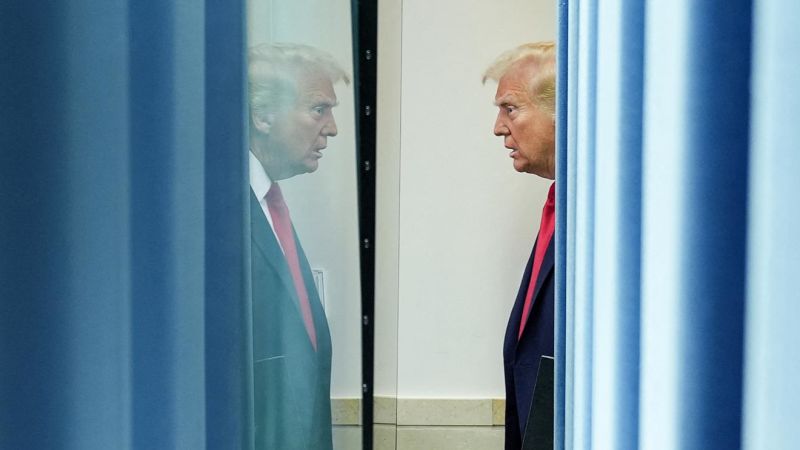Trade War Erupts: Trump's Tariff Showdown Unfolds in Real-Time

In a bold move that echoes his campaign trail promises, President Donald Trump dramatically escalated international trade tensions by imposing substantial tariffs on imports from Mexico, Canada, and China. The sweeping trade measures, signed on Saturday, mark a significant shift in the United States' economic diplomacy and signal the administration's commitment to reshaping global trade dynamics.
The new tariffs represent a direct challenge to some of America's closest trading partners, potentially sparking a complex and unpredictable trade confrontation. By targeting these three major economic powerhouses simultaneously, Trump is sending a clear message about his administration's "America First" trade philosophy.
Economists and trade experts are closely watching the potential ripple effects of these tariffs, which could impact everything from consumer prices to international business relationships. The move is likely to provoke strong reactions from the affected countries and may trigger retaliatory trade measures.
Stay tuned for ongoing developments in this rapidly evolving international trade landscape, as the global economic community responds to these unprecedented tariff actions.

